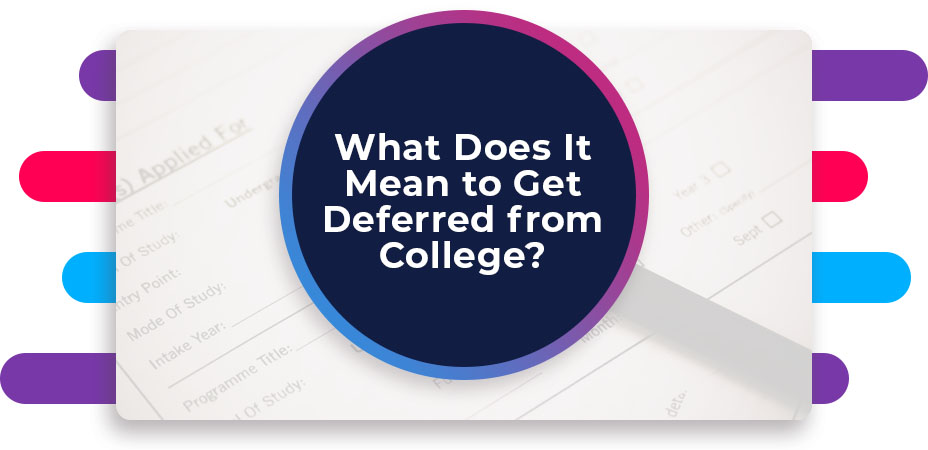Scholarships and grants are two ways that you can get financial support for higher education.
Tackling the High Cost of College with Different Funding Sources
According to The New York Times, the cost of a college degree has tripled in the last three decades, and many students are starting their careers with a tremendous amount of student debt. A survey by Ohio State University found that 74% of college students are stressed by finances, and 33% said they have considered dropping out due to financial worries.
To start your college endeavors with confidence, it’s never too early to begin finding your funding sources. Financial support for college typically falls into three categories: grants, scholarships, and low-interest loans. It’s helpful to first look at scholarships and grants for funding to address strategies for managing and minimizing student debt. In this article, we’ll explore these two sources further.
What’s the difference between scholarships and grants?
When it comes to free funding for college, you don’t need to pay back scholarships and grants. The difference between grants and scholarships is that scholarships are typically awarded based on academic merit, athletic performance, or talent. Talent-based scholarships can include skills like music, band, robotics, cheer, dance, theater, STEM, creative writing, and debate. Scholarships are also available for students who have demonstrated leadership skills, participated in community or public service activities, or decided to pursue a specific field of study.
Scholarships
Scholarships come from many funding sources, such as a college, professional group, business, non-profit, or private foundation. There are many, many scholarship opportunities available to students who search for them—particularly for students who do not qualify by income for other types of financial aid. Finding scholarships is easier when using websites—like CareerOneStop, BigFuture, and Scholarships360—that have databases with thousands of aggregated scholarships. Plus, Tallo’s scholarship database has over 21,000 scholarships totaling over $1.6 billion in awards.
Be wary of scholarship websites or independent collegiate advisors that charge for their services because most reputable scholarship databases are free to use. And if you’re wondering when it’s a good time to begin your scholarship search, you’ll want to start researching scholarships, you might qualify for any time after your sophomore year of high school. All scholarships have an application process; some may also require an essay, recommendation letters, or other documents.
Grants
Grants are also free and come from many sources, like scholarships. Federal and state governments are the largest issuers of grants, although colleges and private institutions also award grants. Many grants, but not all, have certain income restrictions for you or your family or may require minimum academic standards.
To qualify for any federal grants, you must fill out a FAFSA (or Free Application for Federal Student Aid) application. The application process opens October 1st of your senior year, before college entry in the following fall. States and colleges that also award grants use FAFSA information as well. Beginning in the summer after your junior year, you’ll want to review the FAFSA website and understand what documents you need to gather for the application process; be prepared to submit tax or wage information as proof of income.
Money is distributed on a first-come, first-served basis, so it’s essential to have your application ready as close to the October 1st opening date. It doesn’t hurt to check even if you don’t believe you will qualify for any grants.
More on Qualifying for a Grant
States also offer grants, and most require students to remain in-state to attend college. While state grants are often awarded on financial need, many also have academic requirements. To receive a state grant, a student may need to have met a particular high school GPA or maintain a certain GPA in college. To find out more about grants awarded by your state, their requirements, and deadlines for applications, use this search tool.
Private organizations also offer grants, although they may be harder to find. The websites listed for scholarship sources also contain grants from private organizations. In addition to the application process, a grant from a private organization has requirements for eligibility, which are usually tied to the organization’s mission. For example, State Farm Insurance awards college grants to students whose parents work for or are retired from State Farm; eligible students must also be majoring in business.
Persistence Gets Results
Finding free money takes work and determination to find scholarships and grants you qualify for. Set aside time daily or weekly and add application deadlines of interest to a calendar. Since scholarships and grants often require an essay, create a standardized essay that begins with your hopes, dreams, and any challenges you’ve overcome. You can then tailor the essay to fit the specific scholarship or grant you are applying for. Those that persevere are rewarded—Fastweb reports that one student who received $10,000 for college had applied to 30 scholarship sites.
Since colleges also offer scholarships, tuition fee waivers, and grants, contact any colleges you are applying to through their financial aid office for a financial aid application. All colleges have financial aid offices and offer financial aid packages based on the information you provide. Funding packages differ with each college, so like financial aid, apply to more than multiple colleges for admission. Whether applying through colleges, scholarship websites, federal or state government sites, or through other avenues, apply for scholarships and grants to fund as much of your college expenses as possible.







